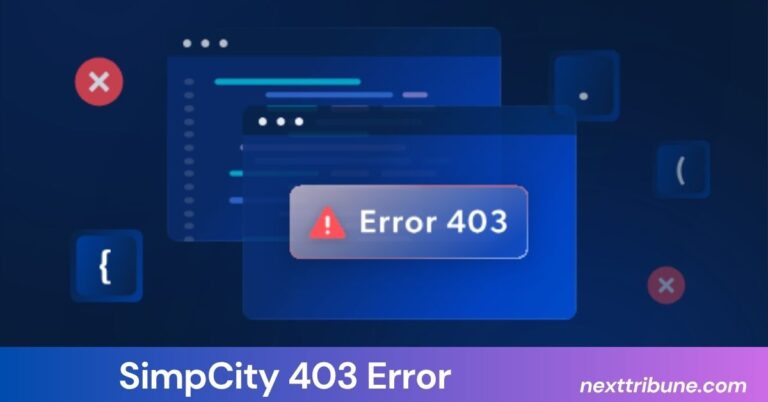
Updating your Sonim device is crucial for maintaining its performance, security, and functionality. If your device isn’t receiving Over-The-Air (OTA) updates or if you’re facing issues like a bricked device, performing a Sonim update via ADB and Fastboot can be a reliable solution. This comprehensive guide will walk you through the process of updating your Sonim device using ADB and Fastboot, ensuring a seamless experience.
What is ADB and Fastboot in the Context of Sonim Update via ADB and Fastboot?
ADB (Android Debug Bridge) and Sonim Update via ADB and Fastboot
ADB is a versatile tool that enables communication between your computer and your Android device, allowing you to perform advanced tasks such as installing apps, running commands, and updating system files. In the context of a Sonim update via ADB and Fastboot, ADB helps interact with your Sonim device’s Android OS to perform actions like restarting it into recovery mode or pushing firmware files for installation.
Fastboot and Sonim Update via ADB and Fastboot
Fastboot is a protocol that operates at a lower level compared to ADB, typically used when the device is in bootloader or recovery mode. When performing a Sonim update via ADB and Fastboot, Fastboot allows you to flash system images, such as firmware or recovery files, directly onto your device, bypassing the regular Android OS.

Why Perform a Sonim Update via ADB and Fastboot?
There are several reasons why updating your Sonim device using ADB and Fastboot is important:
Also Read: How to Use 1.5f8-p1uzt: A Comprehensive Beginner’s Guide to Optimizing Your Workflow
- Manual Firmware Installation: If your Sonim device isn’t receiving OTA updates, you can manually flash the firmware via Sonim update via ADB and Fastboot.
- Recovery from Bricking: If your device has become unresponsive or is bricked, using Sonim update via ADB and Fastboot can help recover it by flashing the necessary firmware images.
- Custom ROMs and Recoveries: Advanced users may prefer using Sonim update via ADB and Fastboot to install custom ROMs or recovery images, offering more control over their device.
Prerequisites for Sonim Update via ADB and Fastboot
Before you begin the Sonim update via ADB and Fastboot, make sure you have the following:
| Item | Description |
| USB Drivers | Install the USB drivers for your Sonim device to facilitate the Sonim update via ADB and Fastboot. |
| ADB and Fastboot Tools | Download and install the Sonim update via ADB and Fastboot tools from the Android SDK platform tools. |
| USB Cable | Use a reliable USB cable to connect your Sonim device via ADB and Fastboot to your computer. |
| Firmware File | Obtain the correct and compatible firmware file for the Sonim update via ADB and Fastboot process. |
Steps to Perform Sonim Update via ADB and Fastboot
Step 1: Enable Developer Options on Your Sonim Device
- Open the Settings app on your Sonim device.
- Scroll down to About Phone.
- Tap Build Number seven times until you see the message “You are now a developer.”
- Go back to the Settings menu and select Developer Options.
Step 2: Enable USB Debugging
- In Developer Options, toggle USB Debugging to ON.
- Confirm the prompt that appears on your device to enable USB Debugging for the Sonim update via ADB and Fastboot process.
Step 3: Boot Your Sonim Device into Fastboot Mode
- Turn off your Sonim device completely.
- Press and hold the Volume Down and Power buttons simultaneously to boot into Fastboot mode.
Step 4: Connect Your Device to the Computer
- Use a USB cable to connect your Sonim device via ADB and Fastboot to your computer.
- Open a command prompt or terminal window on your computer.
Also Read: Change Field From Nurse to Tech Capital One: How to Successfully
Step 5: Verify Device Connection for Sonim Update via ADB and Fastboot
In the command prompt, type the following:
fastboot devices
If your Sonim device via ADB and Fastboot is successfully detected, it will appear in the list. If not, ensure USB Debugging is enabled and verify the drivers are correctly installed.
Step 6: Flash the Firmware to Your Sonim Device
Once the device is connected and recognized, move the firmware file to the directory where ADB and Fastboot tools are located. In the command prompt, type the following command to flash the firmware:
fastboot flash <partition> <filename.img>
Replace <partition> with the partition name (e.g., boot, recovery, system) and <filename.img> with the actual firmware file name.
Step 7: Reboot Your Sonim Device
After flashing the firmware, reboot your Sonim device via ADB and Fastboot using the following command:
fastboot reboot
Your device will reboot, and the newly installed firmware will be applied.
Troubleshooting Common Issues During Sonim Update via ADB and Fastboot
Device Not Detected
If your Sonim device via ADB and Fastboot isn’t recognized, follow these steps:
- Ensure USB Debugging is enabled.
- Check if the correct USB drivers are installed.
- Try a different USB cable or port on your computer.
Flashing Errors
In case you encounter errors during the flashing process:
- Ensure you are using the correct firmware for your specific Sonim device via ADB and Fastboot model.
- Make sure you have the necessary permissions to execute commands on your computer.
Summary Table for Sonim Update via ADB and Fastboot
| Step | Action | Description |
| 1 | Enable Developer Options | Access settings and tap Build Number. |
| 2 | Enable USB Debugging | Confirm USB Debugging in Developer Options. |
| 3 | Boot into Fastboot Mode | Hold Volume Down + Power buttons. |
| 4 | Connect to Computer | Use USB cable and open command prompt. |
| 5 | Verify Device Connection | Use fastboot devices to check connection. |
| 6 | Flash the Firmware | Execute fastboot flash commands. |
| 7 | Reboot Your Device | Use fastboot reboot to restart. |
Also Read: Online Marketing Services by Garage2Global: A Comprehensive Guide to Digital Success
Conclusion
Performing a Sonim update via ADB and Fastboot is a reliable method to keep your device updated, fix issues, and install custom ROMs or recoveries. By following the outlined steps, you can easily update your Sonim device, restore functionality, or improve performance. Always ensure you’re using the correct firmware file and that you back up your data before proceeding with any update.
By keeping your Sonim device via ADB and Fastboot updated, you ensure it remains secure, efficient, and capable of supporting the latest features.
FAQs
How do I perform a Sonim Update via ADB and Fastboot?
To update your Sonim device via ADB and Fastboot, enable Developer Options, boot into Fastboot mode, connect your device to your computer, verify the connection, flash the firmware, and reboot your device.
Why use Sonim device via ADB and Fastboot for updates?
Using Sonim device via ADB and Fastboot is ideal for cases when OTA updates fail, the device is bricked, or custom ROMs need to be installed.
What do I need to perform a Sonim Update via ADB and Fastboot?
Ensure that you have the required USB drivers, ADB and Fastboot tools, the correct firmware file, and a reliable USB cable.
What to do if my Sonim device via ADB and Fastboot isn’t detected?
If your Sonim device via ADB and Fastboot isn’t detected, check the USB Debugging setting, try a different cable, and ensure drivers are properly installed.
Can I revert to previous firmware after a Sonim Update via ADB and Fastboot?
Yes, if you have the original firmware file, you can revert your Sonim device via ADB and Fastboot to the previous version by flashing it again.



